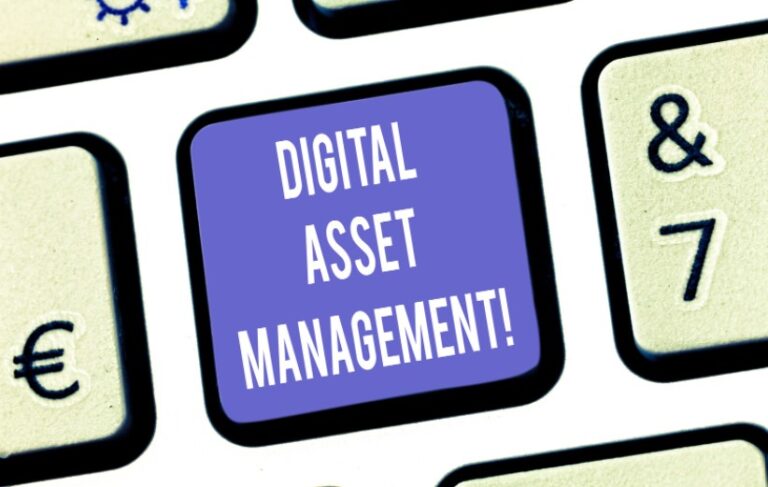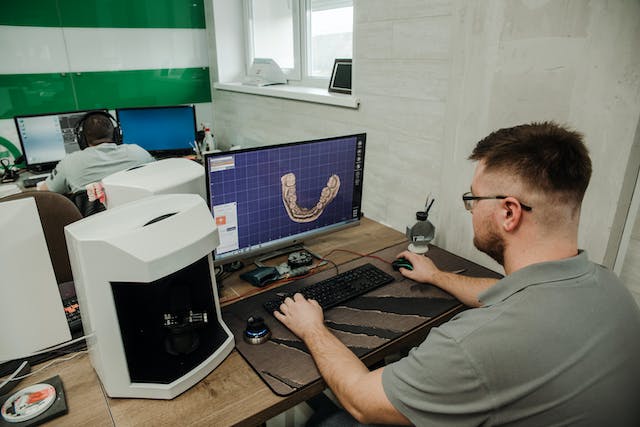How to Design Your Own Company Graphics and Achieve a Consistent Visual Story
Every company has its own unique story to tell — it’s what sets it apart from the competition and fuels its growth. If you want your company to succeed, you must communicate an identity, message, and vision to your audience. The key to effective branding is consistency. Viewers should recognize your brand immediately, whether it’s through your logo, website, marketing materials, or the products you sell.
At the same time, designers are expensive. Fortunately, crafting a visual story yourself is possible and can be straightforward. Read on for a guide to designing your own company graphics and achieving a consistent visual story across assets.
Table of Contents
Identify Your Brand’s Key Values
The key to successful design is determining your brand’s values. Identify and articulate what you stand for. What do you want people to feel when they see your logo? Can you think of one sentence that sums up your brand identity? Asking yourself such questions will help you create a design that reflects your company identity.
Build Visual Cohesion Through Design Choices
Design should be as cohesive as possible: all parts should work together using matching fonts, spacing, styles, and other elements. Figure out which assets you need, whether in terms of logos, advertisements, and website design. It’s generally best to plan your assets so that when you need them, you’ll have them ready.
A single color palette can help create a coherent brand identity across visual assets. Color theory is key here; you want to establish a complementary set of colors that blend together, connect to the target audience, and complement the logo. You also want enough variations on each color for styling needs. Variations, such as changes in finishes or color key, can change style without fully deviating from the original color palette. Variation can also create an interesting look with only two or three colors.
Designing your company logo is one of the first steps to creating a visual story for your brand. Overall, you want a logo that’s simple and enables consumers to easily identify the company. The best logos are usually simple in design with a modern flair — think of logos such as Nike’s Swoosh or Apple’s Apple symbol. Gather inspiration by browsing logos of similar companies. Researching allows you to see if a shape or some other design element stands out more than others, which can give you a starting point. Shapes like circles, squares, triangles, and diamonds can all relate to something about your product or service. For example, many natural products use circular shapes to symbolize unity and completeness. Alternatively, a triangular shape could implicitly refer to dynamism and change.
You’ll also want to choose fonts that fit in with the overall look and feel that you’re starting to create. Choose a font that matches the look of your brand by once again turning to other logo designs for inspiration. For example, the Nike logo has an angular typeface with sharp edges and is heavy in weighted black. Adobe uses cursive scripts with round edges and thin weights in white. Once you’ve narrowed down what kind of font you want to use, select the style: script or serif.
Depending on your company’s specialty, you may have some additional design elements that you need to create. For example, a furniture company may want an icon for the business (an image of a table) as well as icons for individual products on a website (an image of a chair). Ideally, these icons will fit in with the look of your other graphics, reinforcing your brand’s messaging. Whatever choices you make, the way to create the perfect graphic for your company is by creating an image that represents you. Your design should show the consumer who you are in a more literal sense.
Market an Image That Represents Your Brand
When selecting images for marketing purposes, check out free stock image websites, such as Pexels. They have good quality stock photos that you can use along with your company’s logo. You’ll be able to browse images ranging from photographs, cartoons, and illustrations to paintings. Once you’ve chosen the style of image that suits your brand, create a folder of images to use in social media posts or flyer printing.
Business cards and stationery can be essential elements of your company brand. A well-designed card helps you stand out in professional settings, while stationary can give your company the look you want. It doesn’t take much time or investment to begin, and you can use inexpensive online tools to create your designs.
Branding is a great way to create an unforgettable visual story that communicates company values. You may not think of it this way, but graphics are often some of your most valuable assets. Whether they’re used in print or on your website, always ask yourself: do these graphics help reinforce my company’s message? There are many benefits to designing graphics yourself over hiring an expensive designer. For one, you’ll be able to communicate your own vision rather than one that has been filtered or interpreted through someone else’s lens. For another, you’ll be able to control all elements of the design process. With the power of free or inexpensive online tools, you can create a logo and other marketing materials, such as flyers and banners, ad banners, and social media graphics, in seconds. You can then protect these brand assets by converting files into portable document format (PDF), ensuring your visual elements are consistent across all applications.
Crafting Your Visual Story
Don’t be afraid to take on this design project yourself. While it may seem daunting at first, some patience and creativity can go a long way when it comes to designing a coherent set of company graphics and overall image. Above all, you should remember that when crafting your visual story, coherency and consistency are key.







